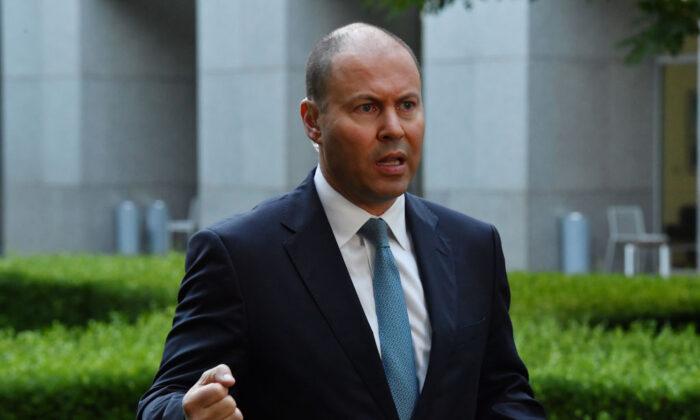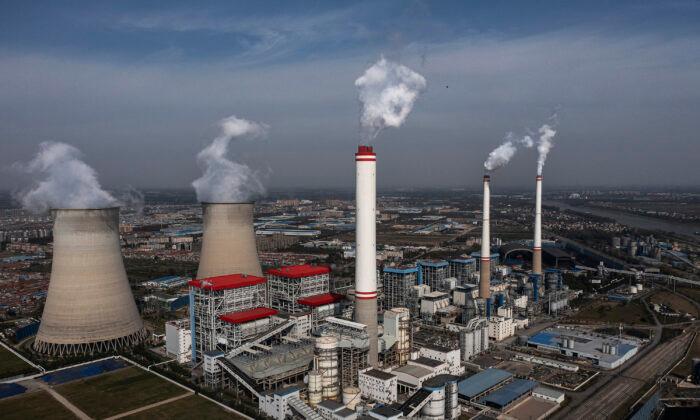Working Australians are expected to see $12 billion worth of tax cuts go into their pockets in the next six months as the federal government moves on from JobKeeper to other economic support policies.
Treasurer Josh Frydenberg said the data shows around 8.8 million Australians had already benefitted from $9 billion in tax cuts from July last year, when the cuts were brought forward as part of the COVID-19 economic recovery plan.
The government hopes the tax cuts will generate $2.5 billion in monthly economic activity, equivalent to the current level of support JobKeeper is providing.
“Allowing Australians to keep more of what they earn will help to support the economic recovery by giving households more money to spend at local businesses.”
He said that although some people who rely on the subsidy will struggle after it ends, the economy’s overall trajectory is pointing towards recovery.
Treasury data showed 94 percent of people who lost their jobs or had working hours reduced are now back at work.
Frydenberg also said that he hopes the end of JobKeeper will make state governments think twice before closing their borders.
He warned the states that they will need to support the local economy on their own under closed border circumstances.
Pointing to New South Wales as an example, the treasurer noted that in the event of an outbreak, state-wide lockdowns were not necessary for the Northern Beaches cluster.
“The economic consequences of such action are immense,” Frydenberg said. “When new cases arise, as they invariably will, the response needs to be targeted and proportionate while commensurate with the risk.”
The next stage of tax reform has also been legislated to begin in July 2024. It will abolish an entire tax bracket and require 95 percent of Australians, who fall in the new $45,000 to $200,000 bracket, to pay no more than 30 percent in income taxes.
Those with an income above $200,000 will continue paying 45 percent in taxes, which at present applies to earnings over $180,000.
With the most expensive government program ending, the government will need to go back and address the debt JobKeeper will leave behind. The debt is forecasted to surpass $1 trillion by the middle of the decade.





